Under the Mountain
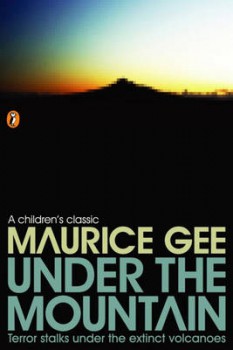 Under the Mountain (1979)
Under the Mountain (1979)
By Maurice Gee
Although not a household name outside of New Zealand, Maurice Gee is one of the island nation’s most prominent and respected novelists. Born in Auckland, Gee established himself as an author starting in the 1960s with his novels A Special Flower, In My Father’s Den, and A Glorious Morning, Comrade. His later acclaimed books include Plumb and Crime Story. All these novels are mainstream adult works, but Gee turned his hand to books for younger readers and made a parallel career in the field of the young adult science fiction. It started with Under the Mountain in 1979, which gained popularity outside of New Zealand with a television mini-series released in 1981. (For more about the mini-series, read my post on its appearance on the Nickelodeon program The Third Eye.)
Why did Gee decide to write a science-fiction book for younger readers? The author explained his choice in 2004 upon receiving the Storyline Gaelyn Gordon Award:
It all began with having two red-headed daughters—not twins though. Then there was my desire to write a fantasy—get away from the real world of my adult novels—but set it in a place New Zealand children would recognise, so that they might get “our story” feeling. What better place than Auckland’s volcanic cones? It was seeing Mt. Eden looming in the mist one morning that really got it started. Everything, monsters and all, followed from that.
It ended up as his best-selling book, never out of print in its home country. But, unfortunately, not so easily available in the U.S. It struggled even to get published in New Zealand in the first place, and finally ended up first released by the Oxford University Press. It has had a long home with Penguin since then.
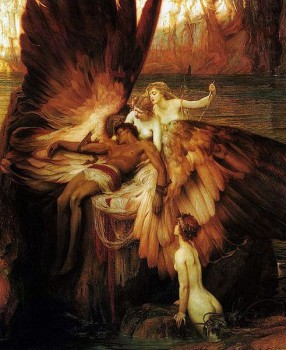 . . . And the boy thought,
. . . And the boy thought,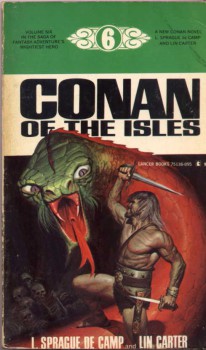
 The following “news” is at least a week old, but readers rarely head straight to Black Gate to get breaking film news. But two recent announcements from writer-director Guillermo del Toro, one of the great genre artists in the film business right now, are so cosmos-shattering amazing, especially for the sort of person who seeks out Black Gate, that I finally have an excuse to click on that “news” button for the first time on one of my posts and feed you some “elder news.” It’s late, but if you haven’t heard it yet . . . it’s big. It’s cyclopean. It’s 999 pieces of killer.
The following “news” is at least a week old, but readers rarely head straight to Black Gate to get breaking film news. But two recent announcements from writer-director Guillermo del Toro, one of the great genre artists in the film business right now, are so cosmos-shattering amazing, especially for the sort of person who seeks out Black Gate, that I finally have an excuse to click on that “news” button for the first time on one of my posts and feed you some “elder news.” It’s late, but if you haven’t heard it yet . . . it’s big. It’s cyclopean. It’s 999 pieces of killer.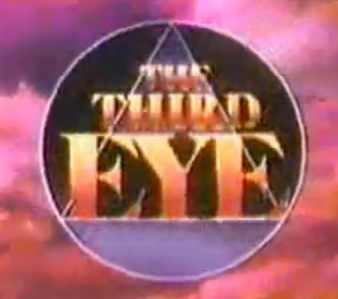 I don’t keep track of what cable network Nickelodeon does these days (I don’t have children), but even with the new logo I can’t imagine that the channel has altered much from the manic “no adults in the room” style that it started to specialize in during the mid-‘80s. That was the point when Double Dare and its profusion of goo heralded a rethinking of the channel’s former “education-and-imports” format it had used since its launch in 1979.
I don’t keep track of what cable network Nickelodeon does these days (I don’t have children), but even with the new logo I can’t imagine that the channel has altered much from the manic “no adults in the room” style that it started to specialize in during the mid-‘80s. That was the point when Double Dare and its profusion of goo heralded a rethinking of the channel’s former “education-and-imports” format it had used since its launch in 1979.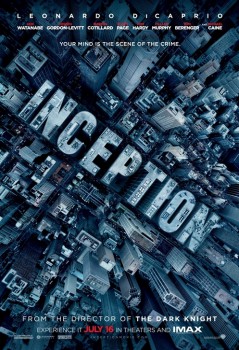 Inception (2010)
Inception (2010)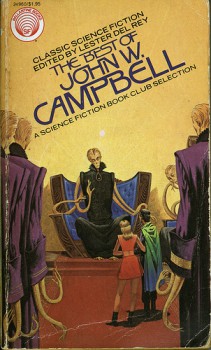 I’ve discovered that once you start writing about 1930s magazine science fiction — a field small enough for thorough analysis, but bursting with enough wonders to fill the galaxy — it becomes difficult to stop. Pondering the marvels of
I’ve discovered that once you start writing about 1930s magazine science fiction — a field small enough for thorough analysis, but bursting with enough wonders to fill the galaxy — it becomes difficult to stop. Pondering the marvels of 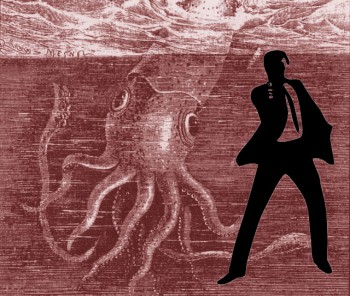 Mania, my dear Mister Bond, is as priceless as genius.
Mania, my dear Mister Bond, is as priceless as genius.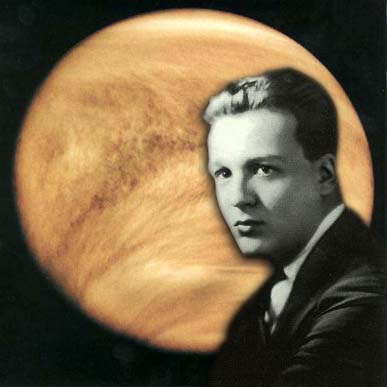 Last week, our esteemed editor John O’Neill posted
Last week, our esteemed editor John O’Neill posted